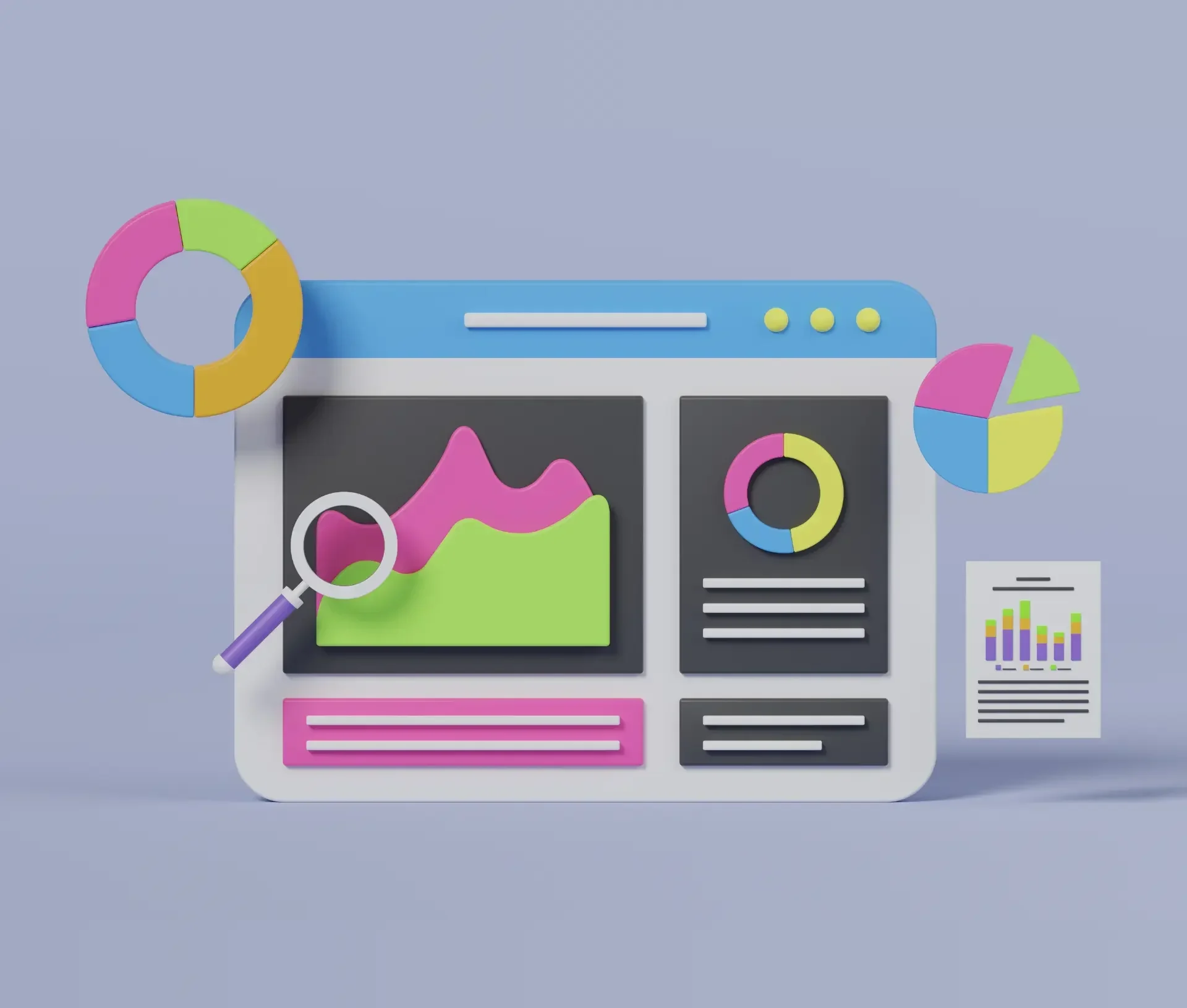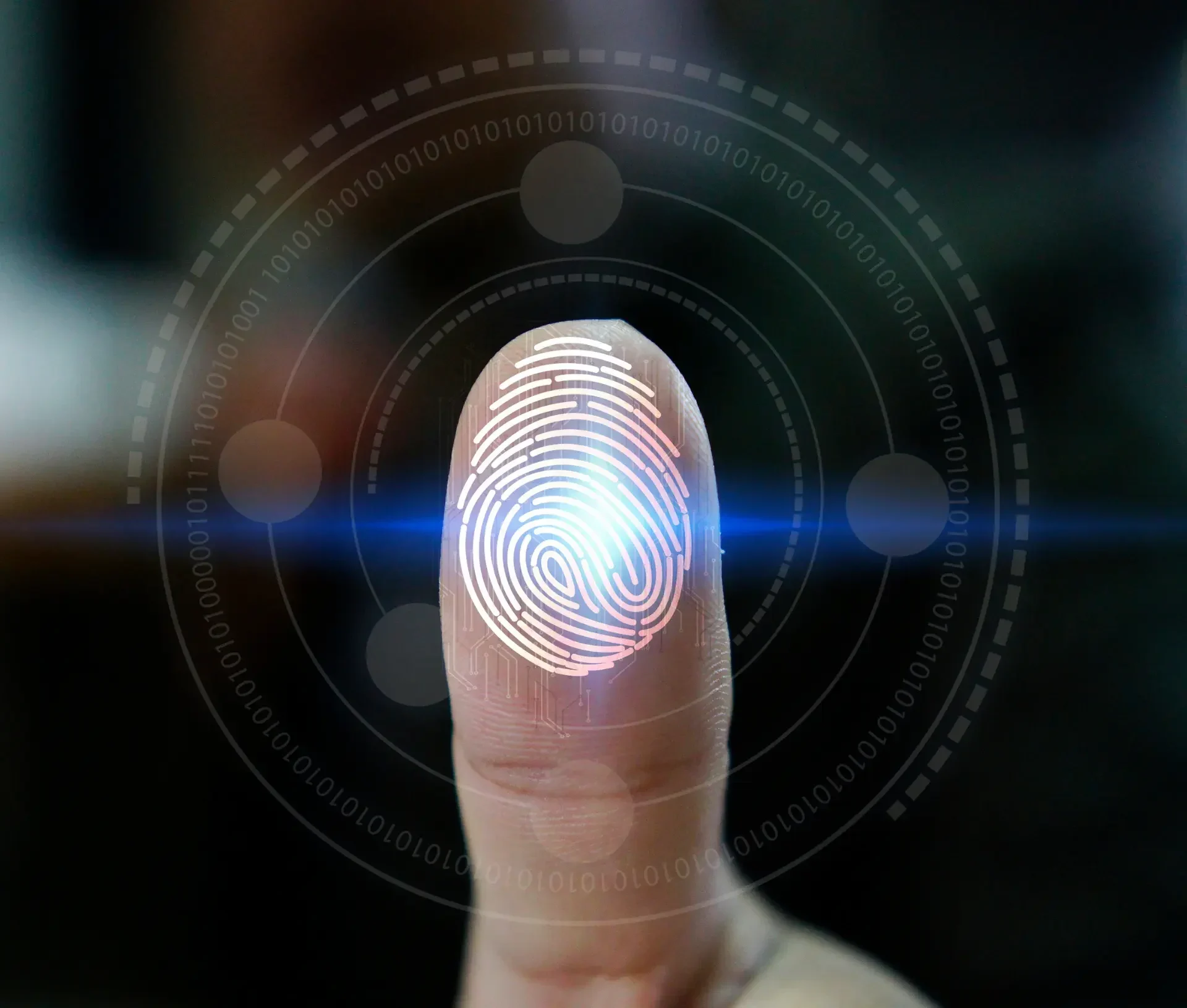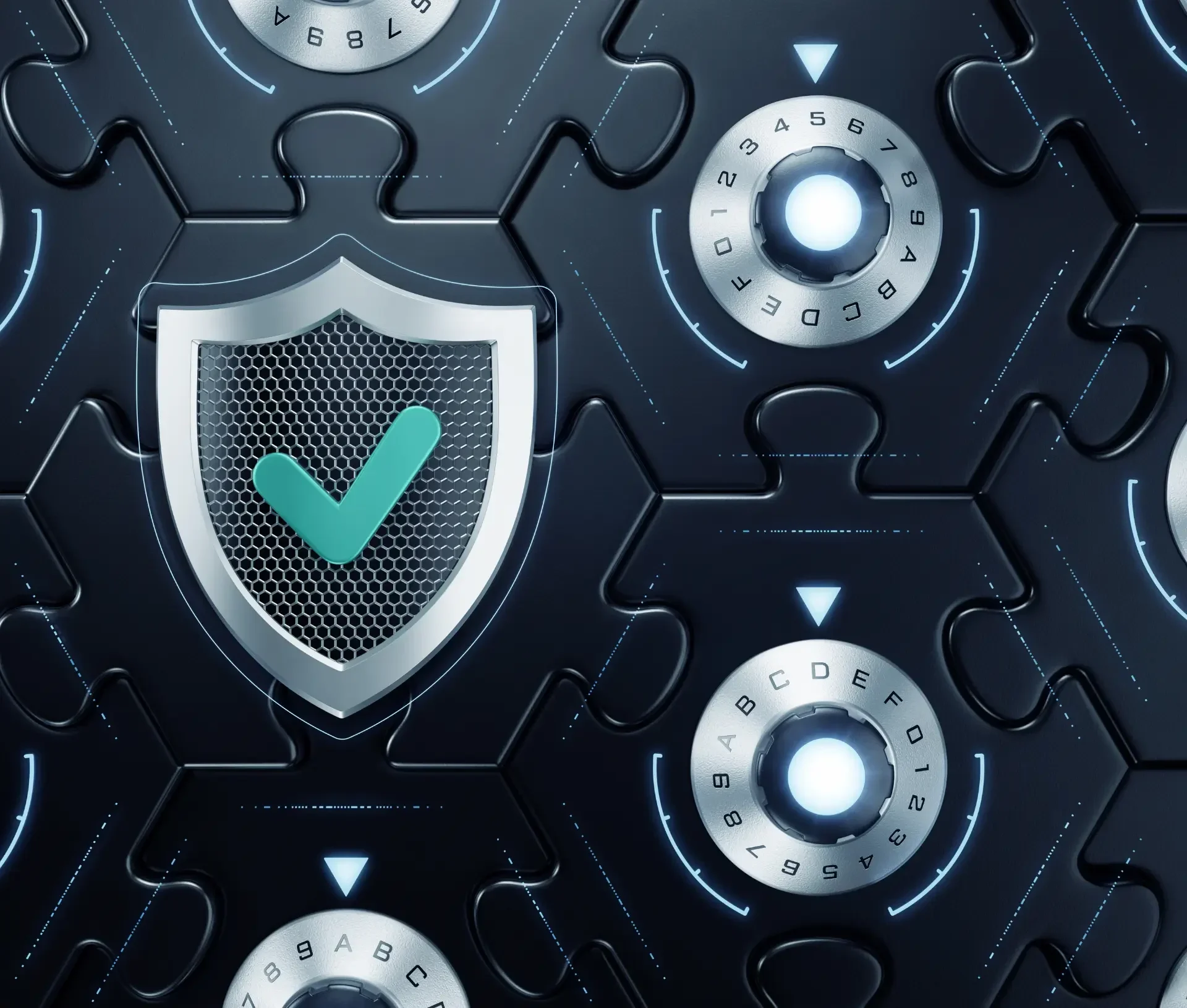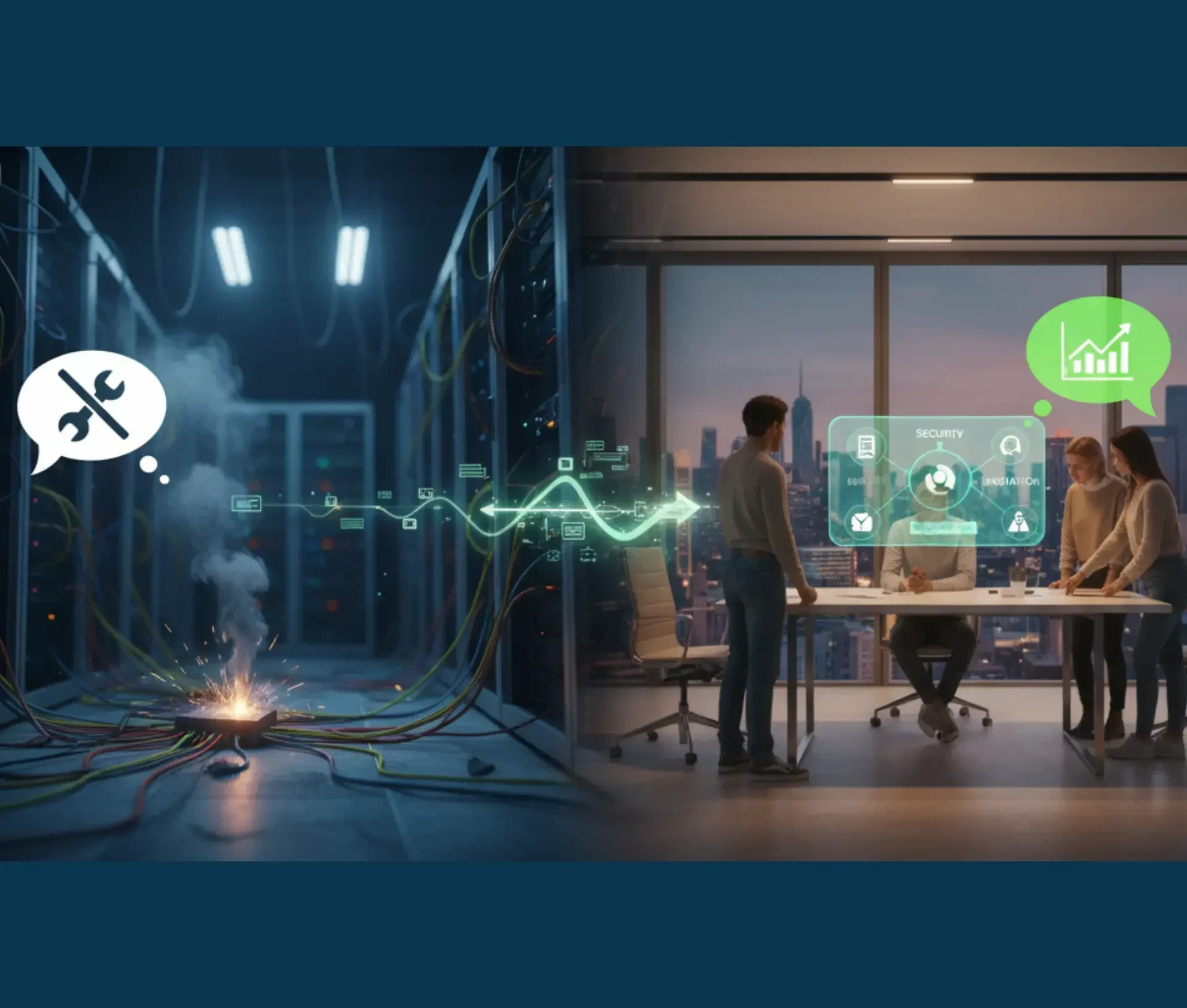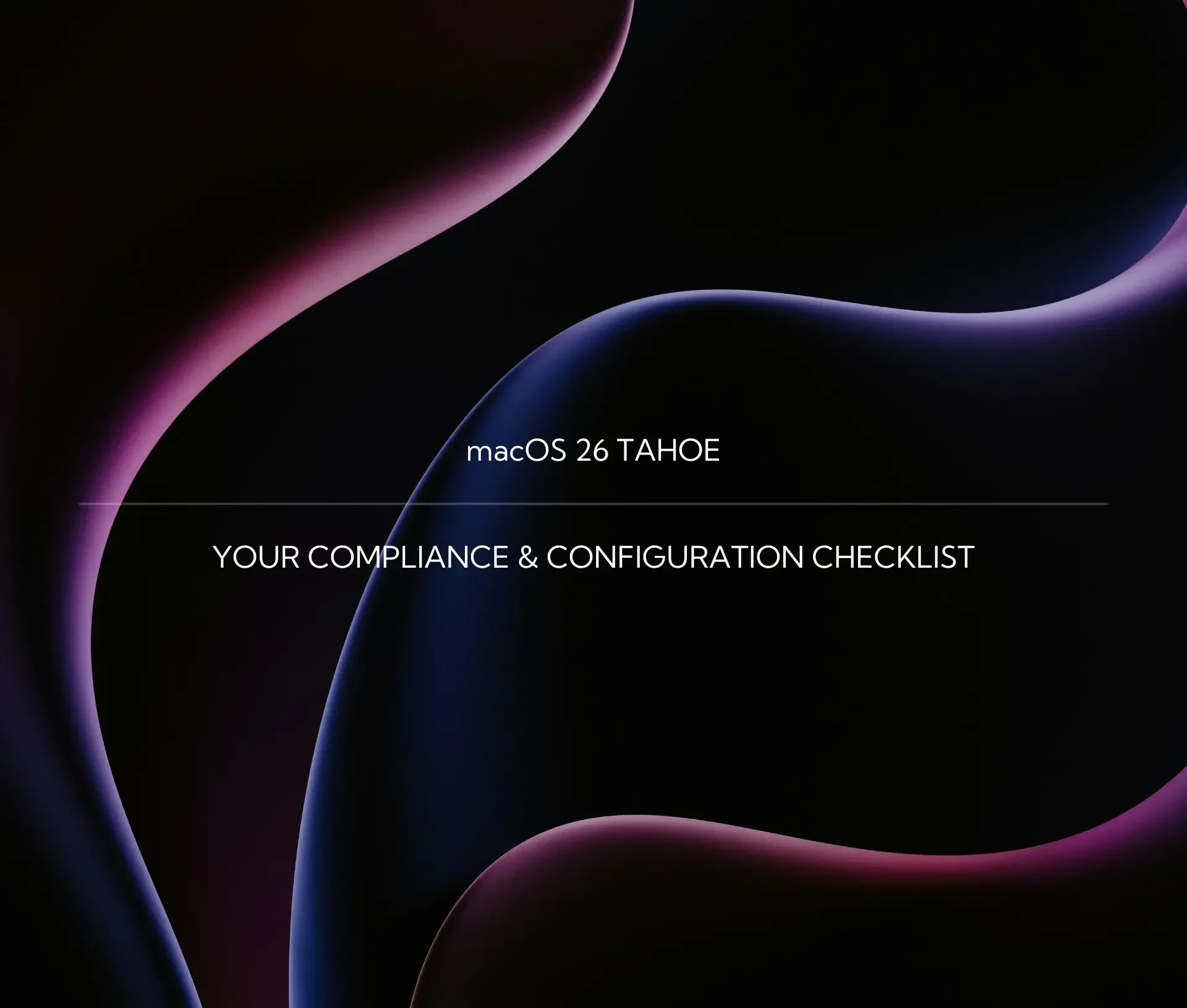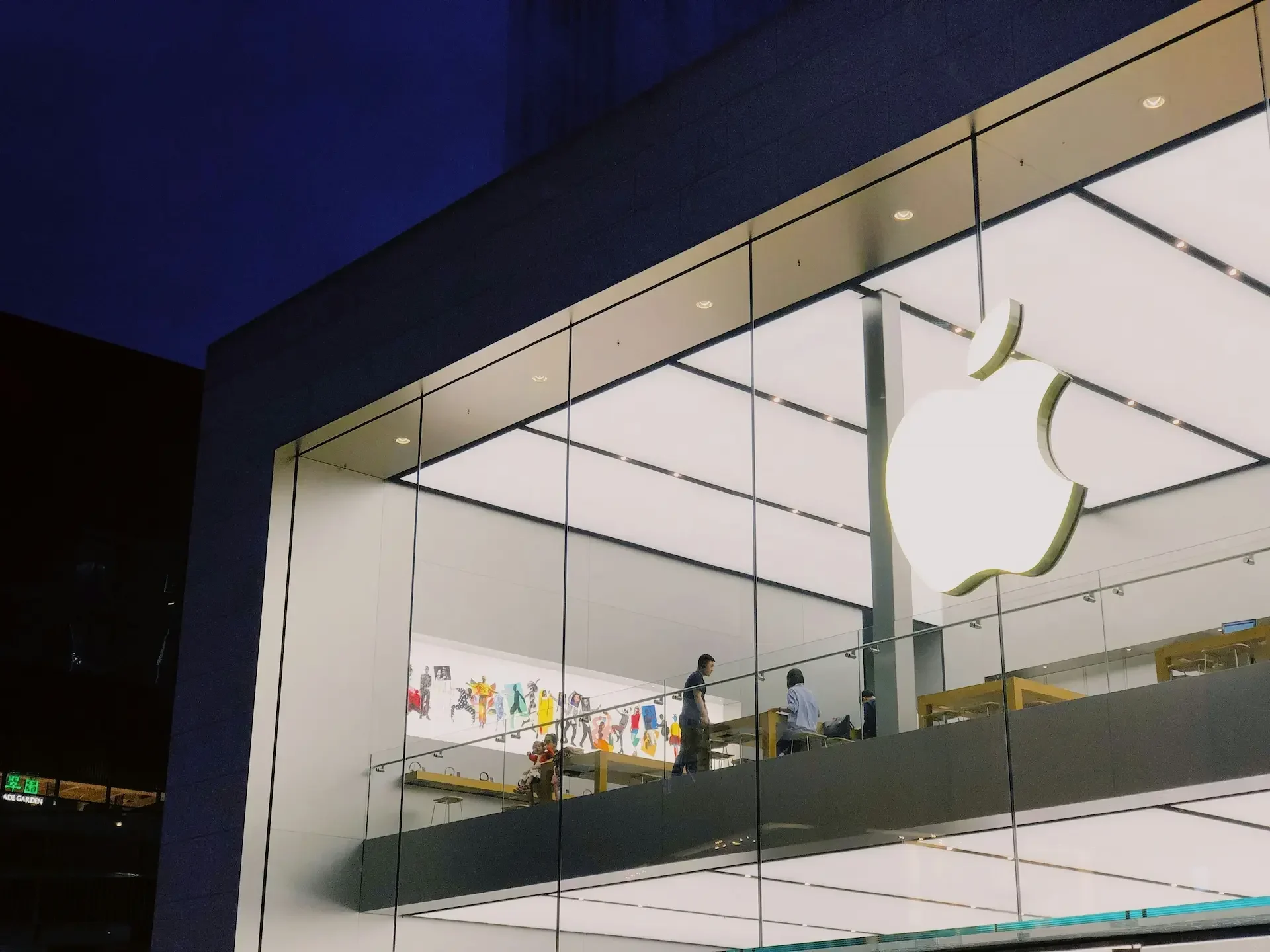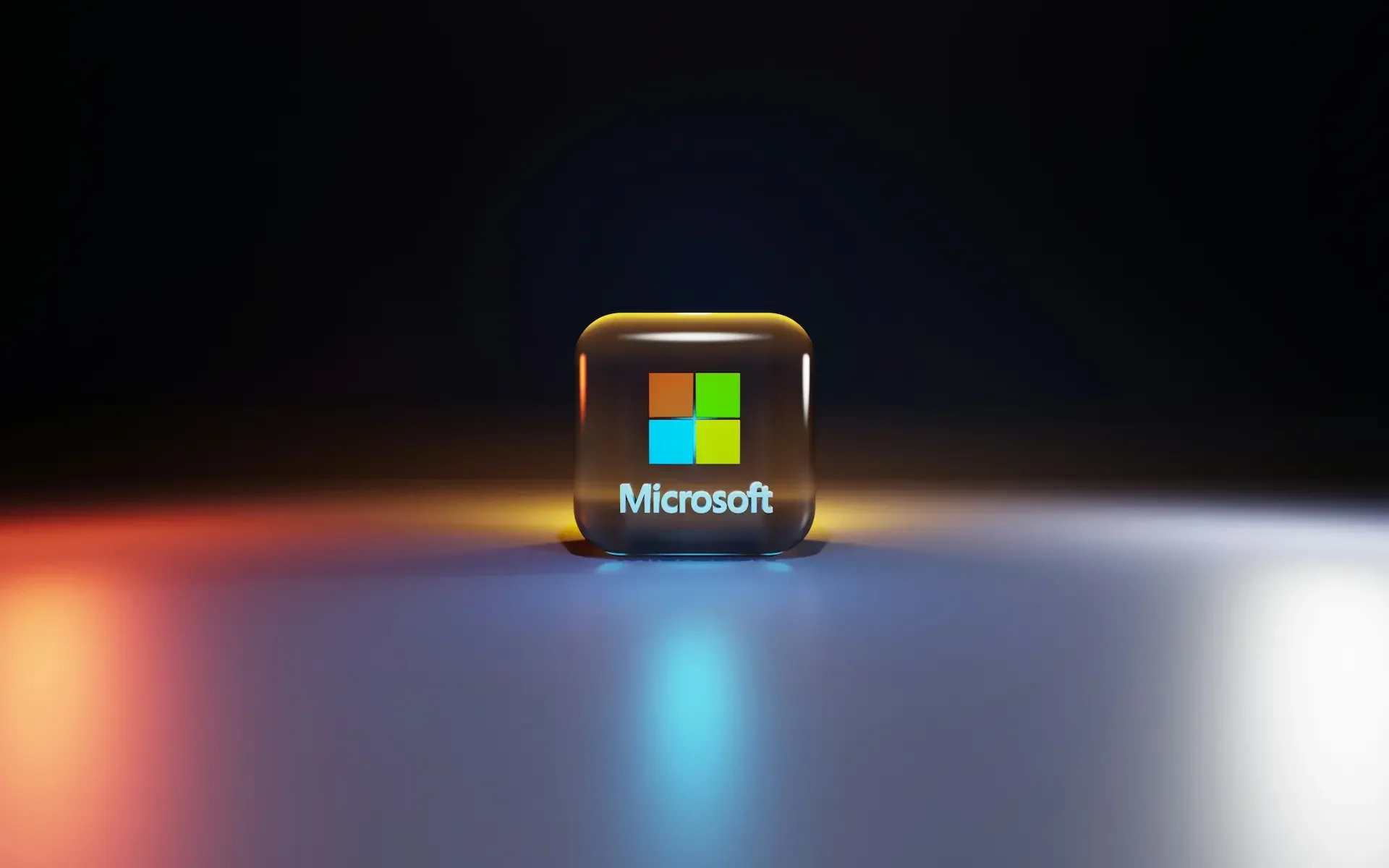Why Do People Ignore IT Warnings?
When pop-ups become background noise, people stop noticing them.
In psychology, this phenomenon is known as alert fatigue – the point where frequent alerts lose their impact. The more notifications your staff receive, the more they subconsciously tune them out.
What starts as a helpful nudge becomes digital noise – and that’s when crucial security messages get ignored.
What Causes Alert Fatigue in IT?
It’s rarely about laziness. People are wired to prioritise convenience and momentum. If a security prompt interrupts their workflow or feels irrelevant, they’ll likely dismiss it without reading.
That creates hidden risks for your business:
- Missed software updates leave vulnerabilities unpatched.
- Ignored security alerts weaken defences.
- Inconsistent user behaviour undermines compliance efforts.
Understanding this human bias is key. IT psychology shows that users respond best when information feels timely, relevant, and personal.
Tired of chasing staff to install updates or click “yes”?
Let Dr Logic handle patching, alerts, and automation – so your team doesn’t have to.
How Can IT Teams Encourage Better User Behaviour?
IT teams can use behavioural insight to make compliance easier – and even automatic:
- Simplify the message. Use plain, actionable language. Avoid jargon or acronyms that mean nothing to end users.
- Explain the “why.” When users understand the reason behind an action, compliance increases.
- Time prompts intelligently. Deliver alerts when users can act – not in the middle of a meeting or deadline.
- Visual hierarchy matters. Use clear design and urgency cues sparingly. Too much red = warning blindness.
- Reinforce positive behaviour. Acknowledge teams that follow processes consistently – it builds cultural buy-in.
By designing communication around people, not systems, IT teams reduce friction and frustration.
Can Automation Help Stop People Ignoring Warnings?
Yes – and it’s the most reliable fix.
A good IT partner doesn’t rely on users to make the right call every time.
At Dr Logic, we automatically push out patches, updates, and security policies across Apple and hybrid environments. This proactive approach removes the need for constant user prompts – keeping systems secure without the interruptions.
Your people can focus on their creative work. We’ll handle the background noise.
What Does Human-Centred IT Look Like?
Human-centred IT support is built around empathy, automation, and communication.
It means understanding not just what users do, but why they do it and designing support processes that work with, not against, natural human behaviour.
The future of IT isn’t about making people fit the system – it’s about making systems fit people.
Empathetic IT Support for Real People
Partner with Dr Logic for proactive, human-centred IT support that understands your team and keeps systems secure without the stress.
Talk to our Cyber Security experts.
Related Articles
- Proactive IT Monitoring: Moving Beyond Reactive Support
- What Are The Biggest Cyber Security Risks Facing Creative Teams (And How to Beat Them)?
- Zero Trust: Why “Never Trust, Always Verify” Is the 2025 Cyber Security Mindset
FAQs
What is alert fatigue in IT?
Alert fatigue happens when users receive so many notifications that they stop paying attention to them, increasing the chance of missing critical warnings.
Why do employees ignore IT warnings?
Most people ignore warnings due to disruption, repetition, or unclear language. They prioritise completing their task over ready a pop-up.
How can IT teams improve communication?
By using plain language, clear timing, and explaining why an action matters. Simpler messages improve response rates dramatically.
Can automation reduce human error in IT support?
Yes. Automated patching and monitoring remove manual steps, reducing risk and ensuring compliance without relying on user action.
What is human-centred IT?
An approach that prioritises user experience, clarity, and empathy – blending technology and behavioural design to make IT simpler and more effective.


